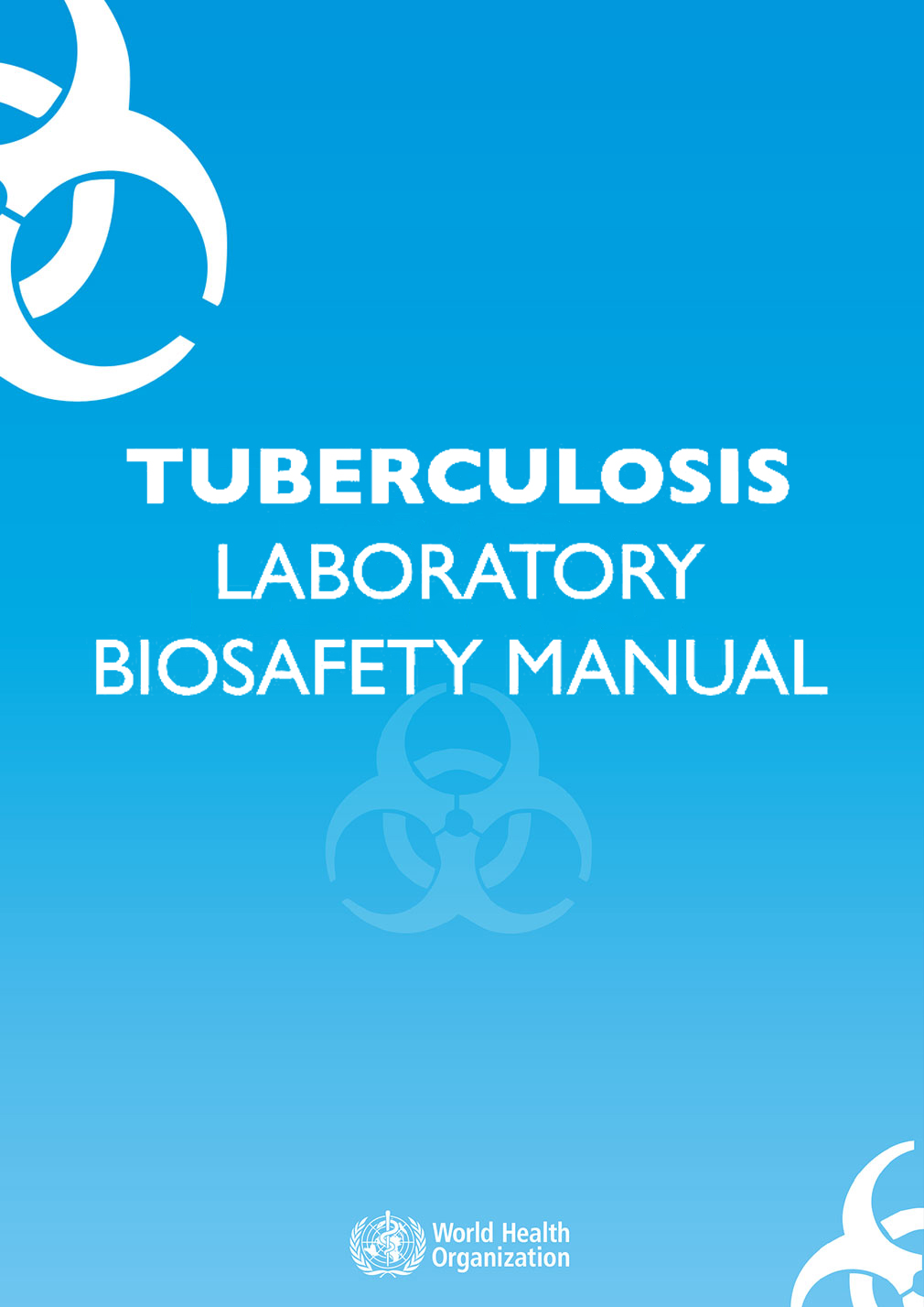6.1.3 Class II type A2 biological safety cabinets
Class II BSCs differ from Class I cabinets in that they allow only air from a HEPA-filtered (sterile) supply to flow over the work surface.
A Class II type A2 BSC is shown in Figure 2. An internal fan draws room air (supply air) into the cabinet through the front opening and then into the front intake grill. After passing through the grill, the supply air is drawn upwards and through a HEPA filter before flowing downwards over the work surface.

 Feedback
Feedback